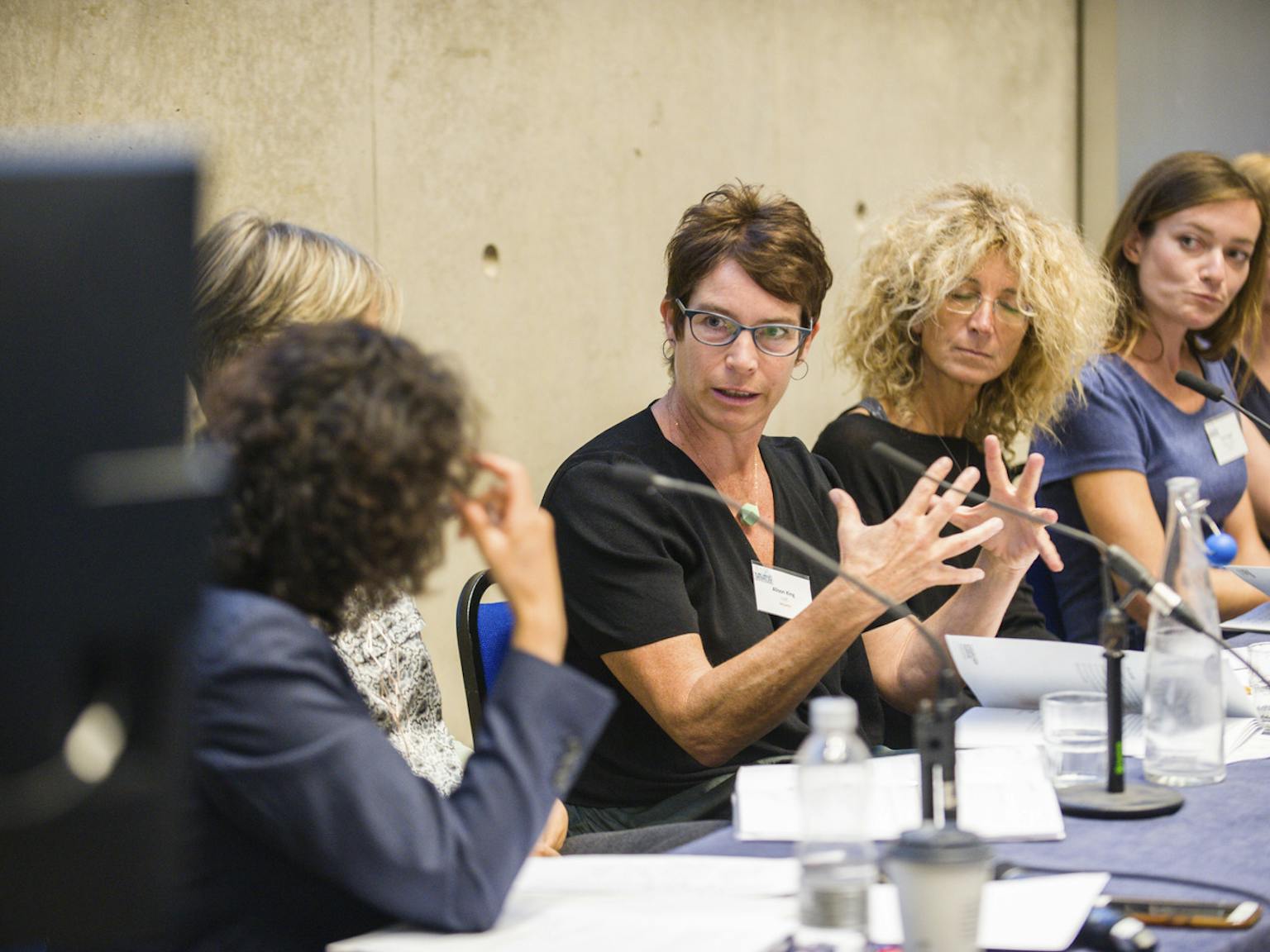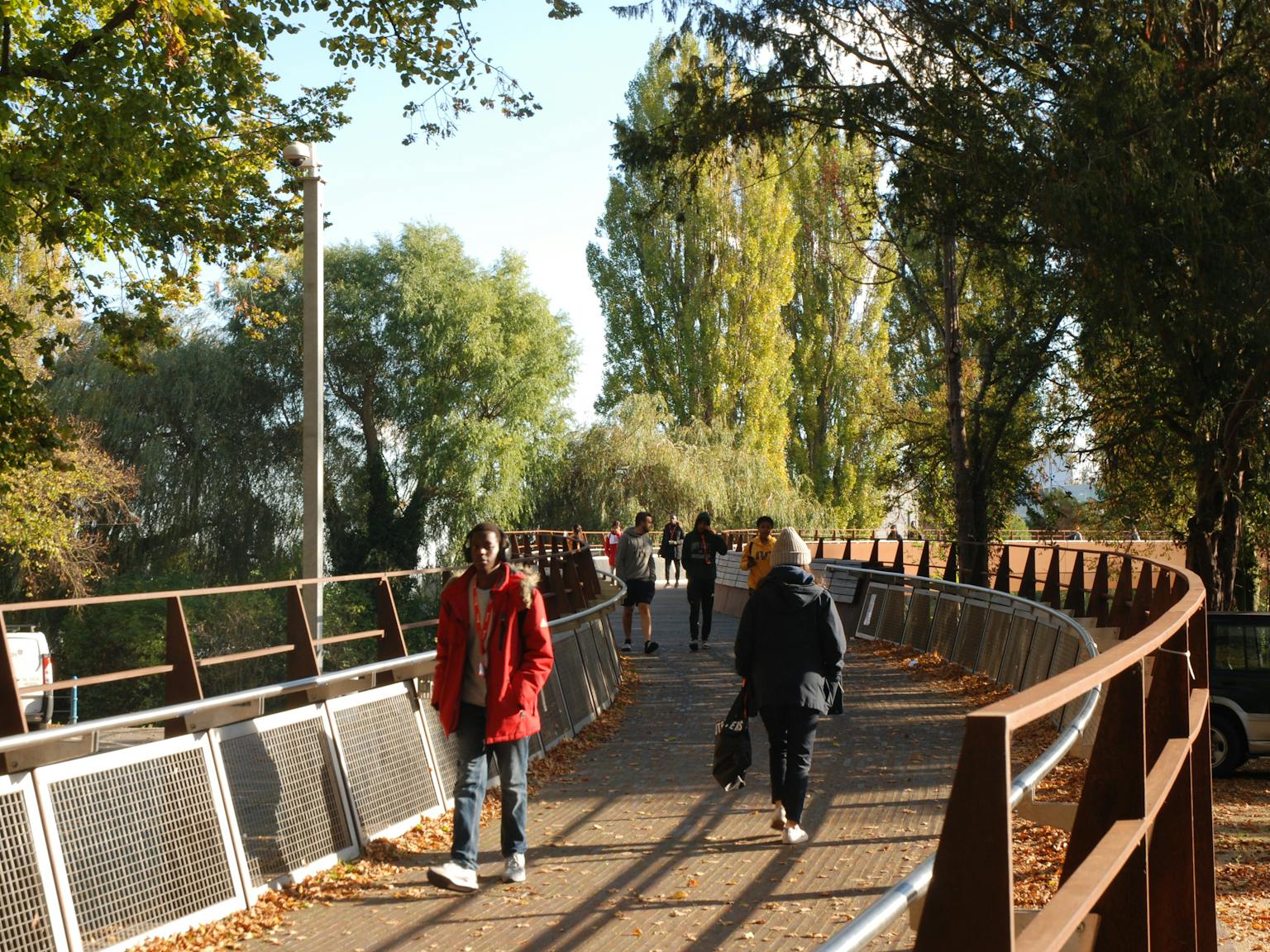
How can planning reduce health inequalities at the local level?
Imagine a utopian community and what do you see? Perhaps it’s people jogging through the park, neighbours chatting in the tree-filled streets and children walking to school together, down safe, quiet routes. There are ample opportunities for recreation, social interaction and connection with nature, as well as safe streets and clean air, all of which are important determinants of health.
How can we make sure our healthy utopia is not just for the wealthy, as people would surely be willing to pay more to live in such a place? The solution is simple: this needs to become “the norm”. We need to raise the bar with regards to delivering healthy places; walkable neighbourhoods, clean air and safe, green streets are not a nice-to-have, they are essential. This requires political will and practical action at all levels – Local Plans need to set higher standards, that read across the plan as a whole, development management teams need to ensure these standards are enforced, and central government needs to ensure this is happening across all local authorities.
In her paper ‘My Quarter Mile: could public space improvements in targeted local communities help tackle health inequality?‘, Alison King, a Landscape Architect at LUC, argued that small-scale improvements to public space within walking distance of people’s homes can be a powerful tool in reducing health inequalities. She suggested a bottom-up approach of supporting local champions and community projects to make this happen. This is particularly effective for improving existing areas, but how can strategic planning complement these grassroots approaches from the top down?
Read the full white paper: How can planning to reduce health inequalities at the local level?










